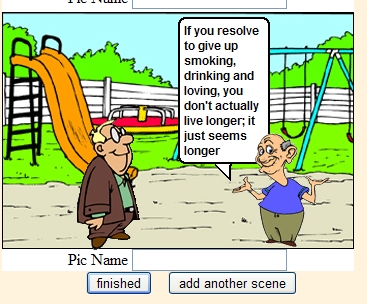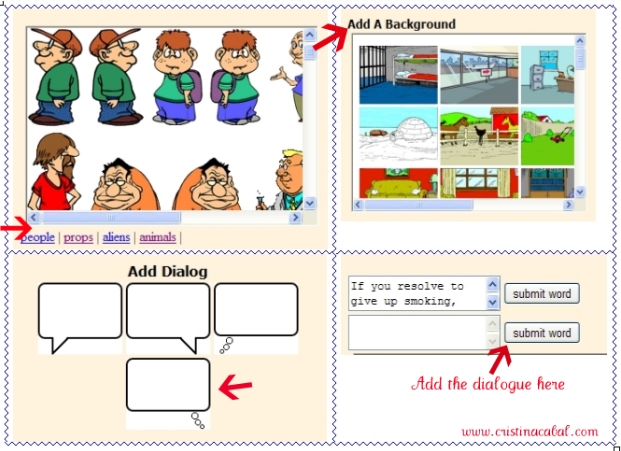A few years ago an English family, holidaying in Scotland, came upon a small country house while they were walking one day, and they thought that it would be an enchanting place to spend the following summer. They inquired who the owner was, and it turned out to be the local vicar, who they asked to show them the property. Having looked it over, they were so impressed by its situation that they agreed to rent it.
They inquired who the owner was, and it turned out to be the local vicar, who they asked to show them the property. Having looked it over, they were so impressed by its situation that they agreed to rent it.
Once back in England, they sat down to go through the details one by one, and suddenly realised that they haven’t seen the WC. They decided to write to the vicar and inquire about this fixture in these terms:
“Dear Vicar,
A few weeks ago we decided to rent your property in the coming holidays. However, we omitted to ask you about one particular detail. Would you be so kind as to let us know exactly where the W.C is situated since we didn’t notice it during our visit”.
They closed the letter in the usual way and posted it. When the vicar read it, he didn’t recognise the abbreviation “W.C”, but thought it must refer to a chapel of his religion called WELLS CHAPEL, and so answered as follows:
“Dear Madam,
I am delighted to inform you about the place you refer to. It is a mere seven miles from the house, rather a nuisance if you go on foot. Some of the locals go by bus and they usually arrive in time. There is room for 200 people comfortably seated and a further 1oo standing. There is air-conditioning to prevent suffocation. The children all sit together and sing during the ceremony. A sheet of paper is given to each person as he or she enters, but if these run out people can share them. The sheets should, however be given in as one leaves, so that they may be used in other ceremonies. Photographers frequently capture different moments of the event and their work is published in the “Society Page” of the local paper, so that the readers may see their neighbours at such natural function”.
The English family decided to spend the summer elsewhere, because the property didn’t come up to the required standard.



 This saying first appeared in the 3rd century BC in Greek and as you’ve probably guessed it means that different people have different ideas about what is beautiful, something I totally agree with. Don’t you?
This saying first appeared in the 3rd century BC in Greek and as you’ve probably guessed it means that different people have different ideas about what is beautiful, something I totally agree with. Don’t you? They inquired who the owner was, and it turned out to be the local vicar, who they asked to show them the property. Having looked it over, they were so impressed by its situation that they agreed to rent it.
They inquired who the owner was, and it turned out to be the local vicar, who they asked to show them the property. Having looked it over, they were so impressed by its situation that they agreed to rent it.